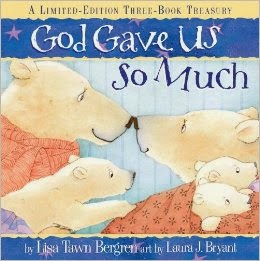Generational Conflict Is Resolvable: A Review of Sticking Points by Haydn Shaw
In my possession are various books, each one profiling one generation. Several hundred pages would have to be devoured in order to grasp the four generations currently in today’s workforce. What Haydn Shaw does is address these four generations in summary form in one 288 page volume.
He begins by giving various anecdotes from his teaching seminars to employers and managers. Traditionalists and Boomers complain about the younger generations and Generation X’ers gripe about the Boomers above them or the Millennials below them. He offers insight and solutions in every case, seeking to open the understanding of corporations and their leadership teams as to what makes each one of these divergent groups tick and how to get them to work together.
Having come from different times, each generation has strengths and perspectives relative to that time. Shaw compares it to entering someone else’s country and learning their ways rather than insisting on one’s own customs while on their turf. Americans, especially older ones, tend to think of everyone as coming from the same country, the United States of America. Shaw demonstrates that different times produced different people even in the same country. If it seems like another generation has come from another country, if not planet, than you are on to something, he reasons.
As the title suggests, he offers 12 sticking points that cause conflict in the workplace. Since he explained the generations’ times and how that impacted them, he could then get the reader to apply that knowledge to the differences that arise in the workplace due to them. Instead of being frustrated with those areas that lead to division and conflicts, a company and its management could leverage those differences to produce a better result that reaches all generations.
While it would be far easier to continue to do things the way they always were done, the fact is that the nation has changed. With that in mind, the institution that refuses to adapt will find the workforce it needs, the customers it seeks and the profit to sustain it all going someplace else. Once a company understands that it will gladly seek to comprehend and leverage the distinctives of each generation to mutual benefit of the corporation, the management team, the workforce and the customers it seeks.
I would recommend this book to anyone seeking to understand what makes the various generations tick. As I read, I found many “aha” moments where the light came on explaining the roadblocks that appeared in my own relationships with generations before and after me. I plan to revisit this book when I am left scratching my head about someone who appears to be from another country even though we were both born in raised in the U.S.A. I trust you will enjoy it and be informed by it as well.
I received a complimentary copy of this book from Tyndale House Publishers in exchange for a review.



Comments
Post a Comment